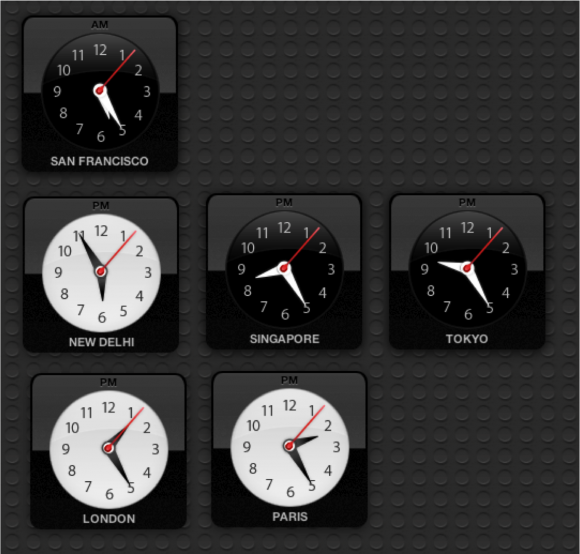 Send to Kindle
Send to KindleWork in the modern workplace does not get accomplished by a single person. If it is meaningful, it is probably complex enough to warrant that multiple individuals and teams collaborate. The interface is where things start to break down. As I puzzled over why this happens, I realized there are three (often unspoken) expectations between teams:
- One of the parties expects the other to be just a service provider. “Do what you are told, and everything will be fine. If things don’t work out, either you did not do as I asked or you did not warn me of the risk.”
This leads to a master-slave relationship and is perhaps best only for simple tasks. If you want any kind of feedback or early warning from a service provider, you’ll have to move to a more partnership based model.
- Both parties want to have a partnership, but each one secretly wants to be in control. Each one wants to call the shots and have their decisions prevail.
This is a service provider model disguised as a partnership. A true partnership will work only when there is trust and synergy in the relationship. If both parties realize their contributions are unique, but some translation has to occur, and execution has to be managed, it all works out.
- One or both parties wants the other to show full commitment and bet their career or their business on the relationship. This is scary for most people. The irony is, if they hold back, they will end up entering into one of the above mentioned models, and fail anyway.
Every time you engage with another person or team, you are committing yourself, and betting your career. Its often not that dramatic and the world will not end, but to you have to accept that you will not emerge unscathed if things go wrong. Therefore, forget about the first two models above, and ask what will it take to enter into engagements based on the third model.
